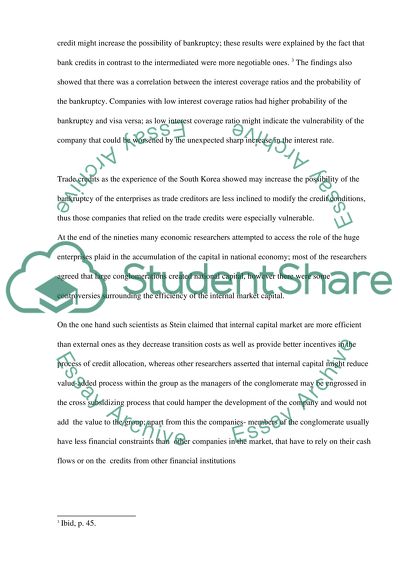Cite this document
(“Recovery From A Financial Crisis In South Korea Case Study”, n.d.)
Recovery From A Financial Crisis In South Korea Case Study. Retrieved from https://studentshare.org/macro-microeconomics/1522825-financial-crisis-in-south-korea-essay
Recovery From A Financial Crisis In South Korea Case Study. Retrieved from https://studentshare.org/macro-microeconomics/1522825-financial-crisis-in-south-korea-essay
(Recovery From A Financial Crisis In South Korea Case Study)
Recovery From A Financial Crisis In South Korea Case Study. https://studentshare.org/macro-microeconomics/1522825-financial-crisis-in-south-korea-essay.
Recovery From A Financial Crisis In South Korea Case Study. https://studentshare.org/macro-microeconomics/1522825-financial-crisis-in-south-korea-essay.
“Recovery From A Financial Crisis In South Korea Case Study”, n.d. https://studentshare.org/macro-microeconomics/1522825-financial-crisis-in-south-korea-essay.


